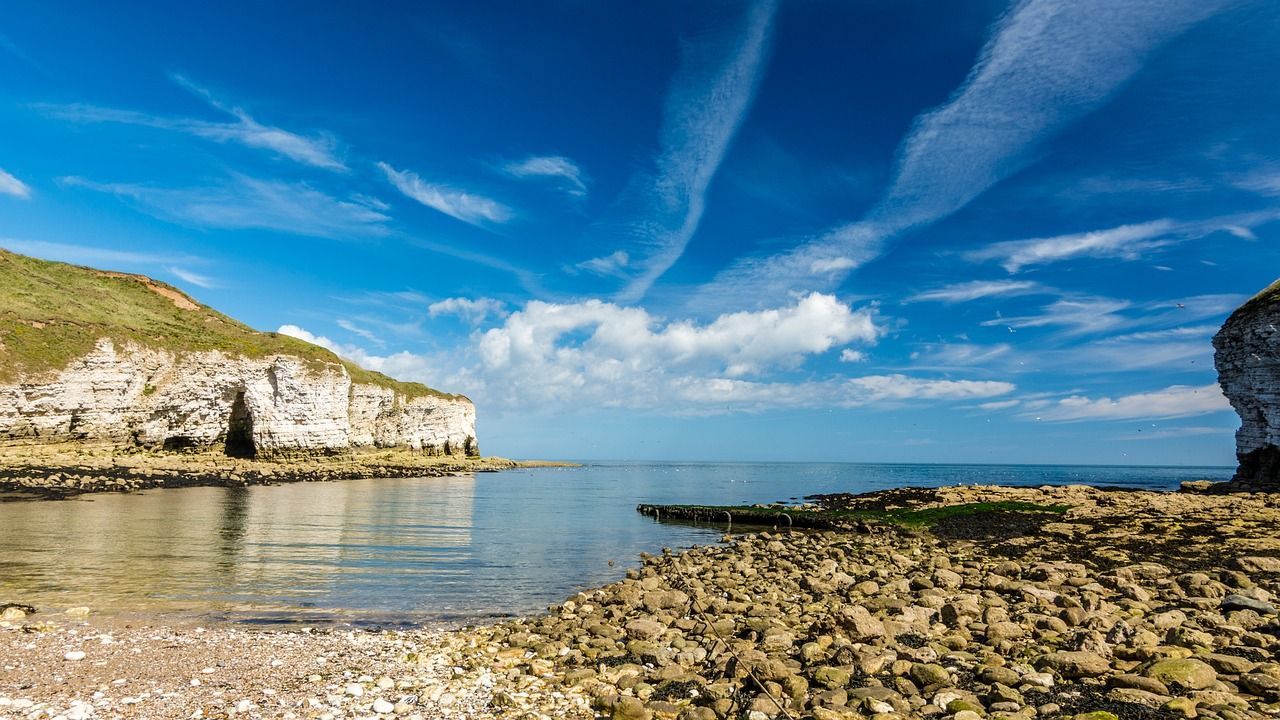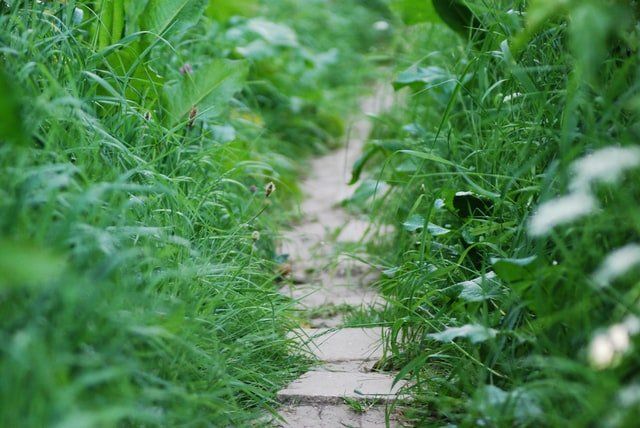




May 31st to June 6th is Garden Wildlife Week here in the UK. Gardens can be very important habitats for animals and studies show that time in nature is beneficial to our own mental health and wellbeing. Here are some ideas as to how you can encourage wildlife in your garden or any outdoor space you have access to.
Tidy gardens are rarely great for wildlife. Letting the grass grow a bit longer and allowing a few weeds to creep into your lawn can do a lot for wildlife in your garden. If your garden is too tidy and neat, there will be fewer natural hidey-holes for wildlife.
If you can’t bear an untidy garden, try to leave a few areas to become a little more wild to increase the biodiversity in your garden. The RSPB recommends not cutting your hedge during bird breeding season (roughly March to August) and to always check for active nests before cutting – in fact, it is against the law to intentionally damage a wild bird’s nest. It’s also important to check long grass/weeds for animals before you use your strimmer – frogs and hedgehogs often like to hide in overgrown vegetation and can suffer horrible injuries.
A really easy way to help wildlife in your garden is to provide some food and water. Whether that is a bird feeder or a hedgehog feeding station depends on what you have available to you. Key things are to make sure the food is appropriate for whatever you are trying to attract.
You can also entice wildlife into your garden by encouraging the things they prey on to visit. Small creatures, like insects, will attract larger ones which will eat them. In warmer months, it can be really helpful to put out water for visiting creatures. Just remember to make any container easy enough to climb out of with shallow sloping sides.
What you grow in your garden can have a really big impact on the wildlife that lives there. Some plants can provide food and shelter to animals. If you want to attract bees, you can’t go wrong with nectar–rich lavender or rosemary.
Butterflies love buddleia (there’s a reason it’s also called the butterfly bush) or sedum. Birds will love most fruiting trees while pollinating insects will be attracted to their blossom in spring time. If you have the space, a mixed native hedge provides a great habitat for wildlife – both by providing food and shelter.
Low maintenance gardens can be a bit of a desert for animals. If you can find a quiet corner, why not build a habitat for the visiting wildlife in your garden? You can buy ready-made shelters but it may be more fun to build your own. You could build a toad abode or a hedgehog home or even a bug hotel if you’re feeling handy.
Ponds are great for attracting wildlife to your garden. Even in a small garden, you could put in a mini pond to attract aquatic and semi-aquatic creatures while also acting as a source of water.
You may find animals such as dragonflies, frogs and newts become frequent visitors in your garden. If you do decide to build a pond, make sure it is safe for both visiting wildlife and visiting children! Remember, young children should not be left unsupervised near an open water source. To avoid accidents with animals such as hedgehogs, make sure the sides of your pond have a gentle slope to allow any animals to climb out if they fall in.
We hope you have found this blog post useful and that it will give you some great ideas of things you can do in the garden with your children, Do you have any additional tips of what others can do in their garden to make it more wildlife-friendly? Share your thoughts below.





Contact us
Call
01904 628449 (Monday-Friday, 9am-3pm)
Email
enquiries@theislandyork.org
Address Regus House, Oakdale Rd, Tower Ct,
York, YO30 4XL
Registered Charity 1120420 | Company Reg No. 5698045